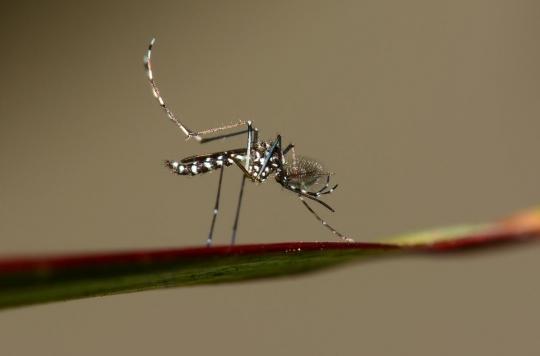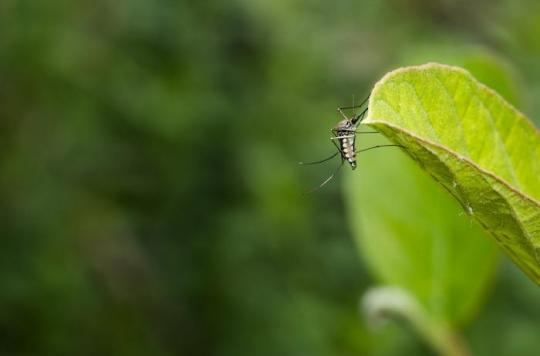The authorities of the Democratic Republic of the Congo have declared an epidemic of yellow fever in 3 provinces of the country including the capital Kinshasa after confirmation of 67 cases.
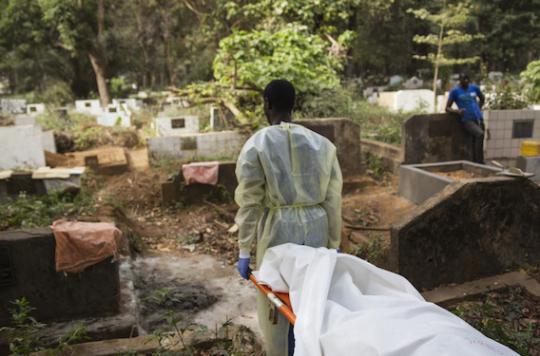
It is official, the Congolese authorities declared on Monday a localized epidemic of yellow fever in the capital Kinshasa and in two other provinces of the west of the Democratic Republic of Congo (DRC). Health authorities have also confirmed 67 cases and some 1,000 suspected cases are currently under surveillance.
In more detail, the Minister of Health, Félix Kabange, clarified that 58 of the confirmed cases had been imported from Angola, where the epidemic started, and that seven others were indigenous cases. The latter two cases originate from remote forest areas and are unrelated to the current strain of the virus. Five cases have been shown to be fatal, the Minister of Health concluded.
A male preponderance
“The majority of these cases in the DRC concern mainly men between the ages of 20 and 34. This male preponderance probably reflects the gender of workers returning from Angola, where the current virus, transmitted by mosquitoes, originates, ”said the World Health Organization (WHO).
At a press conference last Thursday, she also recalled that the epidemic was continuing in Angola. So far this year, 3,131 cases have been reported, and 847 of them have been laboratory confirmed. To date, 345 people have died. The WHO stressed that suspected cases are now identified in all provinces of the country.
Fears for travelers
To counter this outbreak, massive vaccination campaigns are underway in Angola and DRC, particularly in the neighboring areas. More than 7 million people have already been vaccinated. But for now, these campaigns are failing. The virus continues, in fact, to persist and reaches new regions in Angola, in particular because of “porous borders” and “an inadequate surveillance system”.
The WHO fears the spread of the virus internationally by unvaccinated travelers. The UN agency asks them to ensure that they are vaccinated and have their valid vaccination certificate to prove that they are protected against this disease.
.







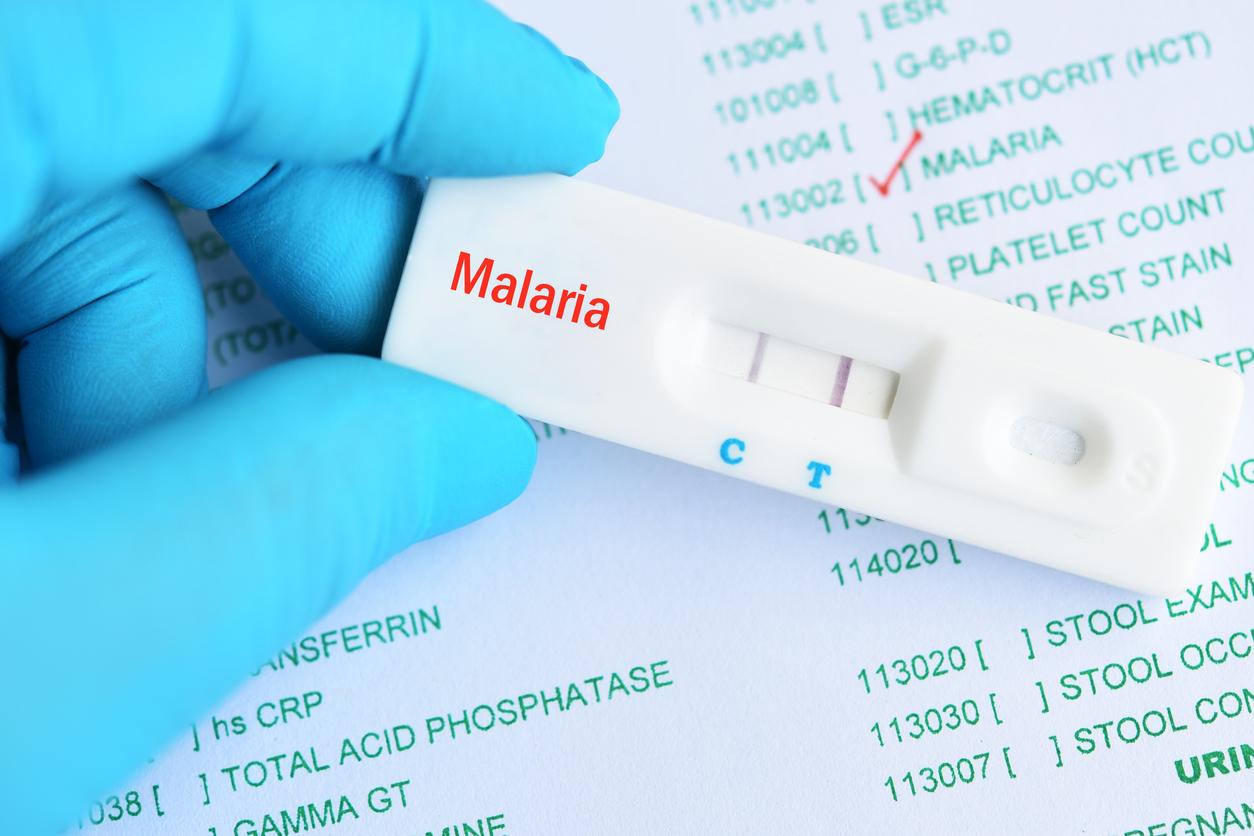
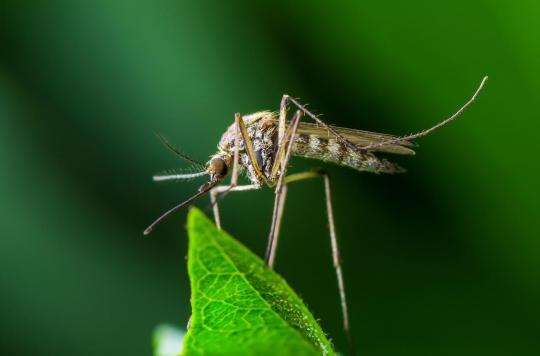

-1574260827.jpg)
